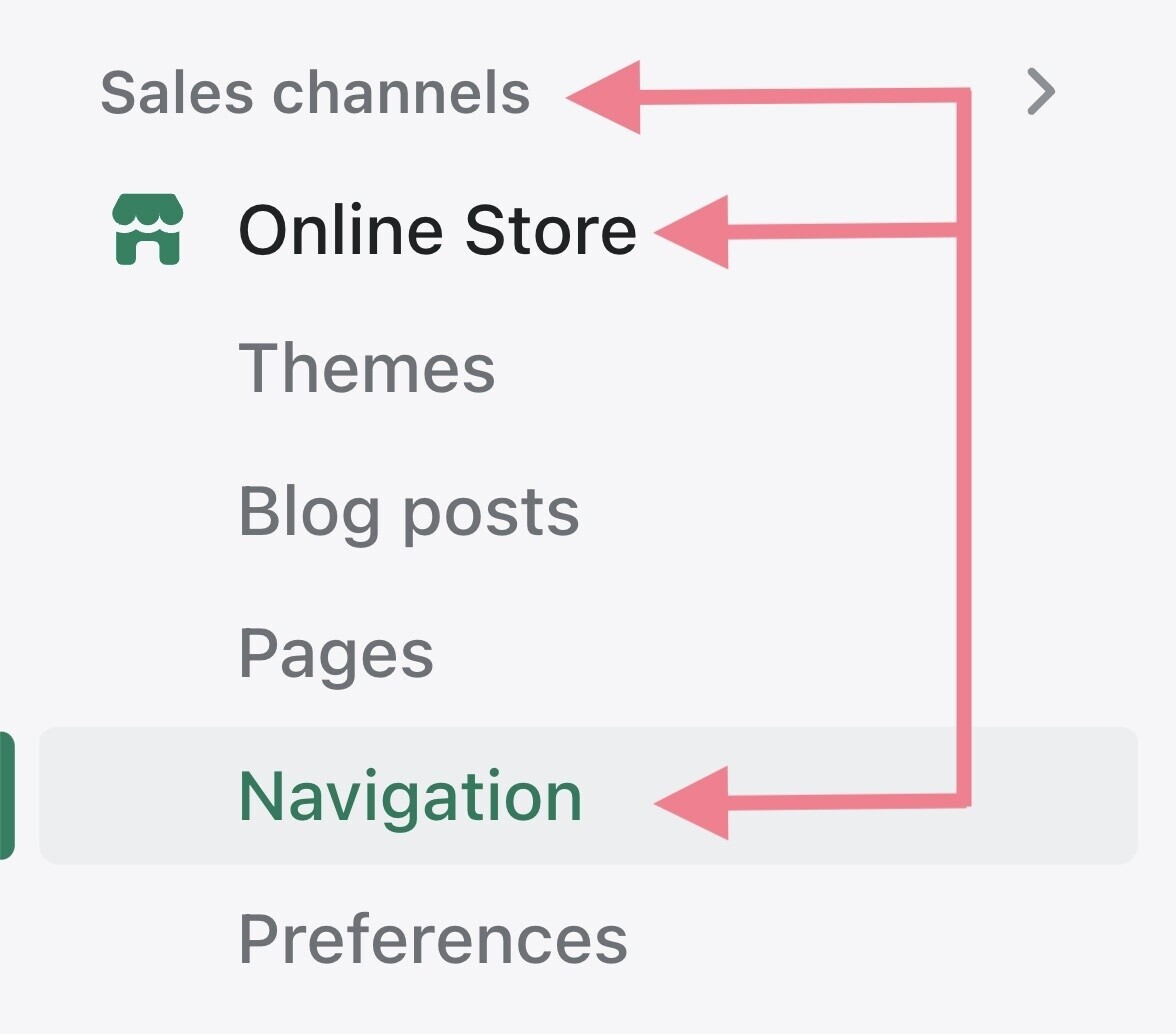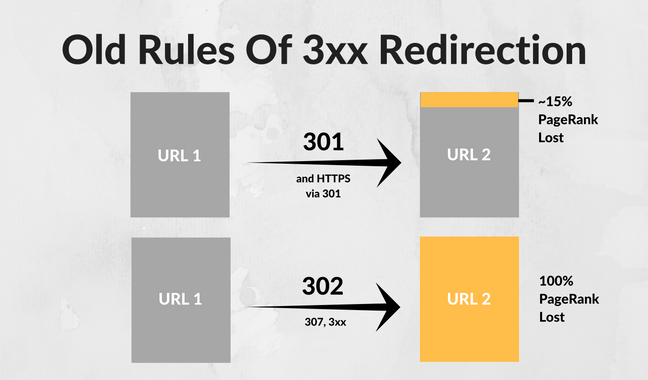Master the Art of Applying 301 Redirects for Better Search Engine Optimization Performance
Applying 301 redirects is an essential element of internet site management that can considerably influence SEO efficiency. Understanding the art of applying 301 redirects includes even more than just standard redirection.

Significance of 301 Redirects
When thinking about website optimization, the relevance of executing 301 redirects can not be overemphasized. A 301 redirect is an irreversible redirect from one URL to one more. When a user or internet search engine bot tries to access a web page that has actually been redirected, they are automatically sent out to the new page without recognizing it. This is crucial for maintaining search engine optimization value as it makes certain that the web link juice, positions, and website traffic from the old web page are transferred to the new one.

Establishing 301 Redirects
Offered the important function that 301 redirects play in maintaining SEO value and enhancing customer experience, developing these redirects properly is extremely important for web site optimization. When producing the redirects, make sure that each old Link is rerouted to the equivalent new URL with a 301 status code, suggesting a permanent move. By carefully establishing up and keeping track of 301 redirects, you can maintain SEO equity, boost individual experience, and make sure that visitors are perfectly routed to the appropriate content on your internet site.
Finest Practices for 301 Redirects
To make certain optimal performance and maintain SEO integrity, adhering to best practices when carrying out 301 redirects is vital. Furthermore, it is recommended to utilize 301 reroutes instead of 302 redirects, as search engines analyze 301 reroutes as an irreversible modification in address, transferring the Search engine optimization value to the new page. By adhering to these ideal methods, internet sites can effectively handle 301 redirects to enhance SEO efficiency and individual fulfillment.
Surveillance 301 Redirects Performance
Effectively tracking the efficiency of 301 redirects is vital for preserving SEO efficiency and making sure a seamless user experience. To keep an eye on 301 reroutes efficiency, web designers can make use of devices like Google Look Console to recognize any problems such as redirect loopholes, chains, or mistakes that might adversely affect search engine optimization rankings. Frequently examining for crawl mistakes and checking the natural website traffic patterns post-redirect application can provide important understandings into the success of the redirects.
Furthermore, setting up proper analytics tracking, such as establishing certain objectives or events in Google Analytics, can aid determine the influence of 301 redirects on customer behavior why not try here and conversions. This data can provide a thorough view of exactly how individuals are connecting with the rerouted web pages and whether the redirects are effectively guiding users to the designated location.
Constant surveillance and analysis of 301 redirects performance permit prompt adjustments and optimizations to guarantee that the redirects are successfully serving their objective of keeping SEO equity and offering a smooth surfing experience for users. 301 Redirect.
Troubleshooting Common 301 Redirect Problems
Keeping track of the efficiency of 301 redirects can disclose usual concerns that might prevent their effectiveness in preserving SEO equity and individual experience. One widespread issue is redirect chains, where one redirect results in an additional in a sequence, creating hold-ups in web page loading and possibly influencing search engine optimization rankings. It is critical to audit reroutes consistently to determine and get rid of such chains. Another concern to view out for is redirect loops, where web pages redirect per other in an infinite loop, leading to a bad customer experience and negatively affecting search engine optimization. Validating link redirect locations is vital to avoid such loops. In addition, incorrect implementation of 301 redirects, such as using short-term redirects (302) instead of permanent ones (301 ), can lead to shed search engine optimization worth. Making sure that all redirects are correctly established as 301 redirects is vital for keeping SEO equity. By troubleshooting these usual redirect issues promptly, web site proprietors can maximize their SEO performance and boost customer satisfaction.
Conclusion
In conclusion, understanding the implementation of 301 redirects can substantially enhance SEO efficiency by keeping internet site web traffic flow and maintaining internet search engine rankings. By understanding the importance of 301 redirects, establishing them up correctly, following best techniques, monitoring their performance, and fixing usual concerns, web site owners can make certain a seamless user experience and optimize their on-line presence. It is crucial for companies to focus on the correct usage of 301 redirects to enhance their total SEO approach.
Given the critical duty that web 301 redirects play in keeping SEO worth and enhancing user experience, establishing these redirects correctly is critical for internet site optimization - 301 Redirect. In addition, it is advised to make use of 301 reroutes instead of 302 redirects, as search engines translate 301 redirects as an irreversible modification in address, transferring the Search engine optimization worth to the new page. To keep track of 301 redirects performance, web designers can make use of tools like Google Search Console to identify any kind of problems such as redirect loopholes, chains, or mistakes that might adversely impact Search engine optimization positions. In addition, improper execution of 301 redirects, such as making use of temporary redirects (302) rather of irreversible ones (301 ), can lead to lost SEO worth. Making certain that all redirects are correctly established up as 301 redirects is essential for keeping SEO equity